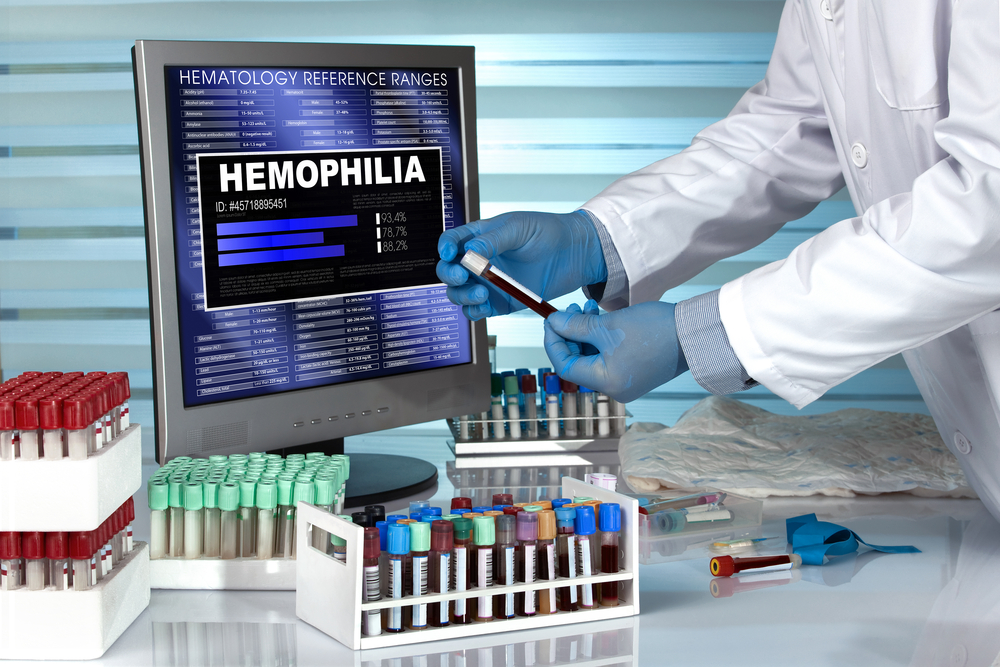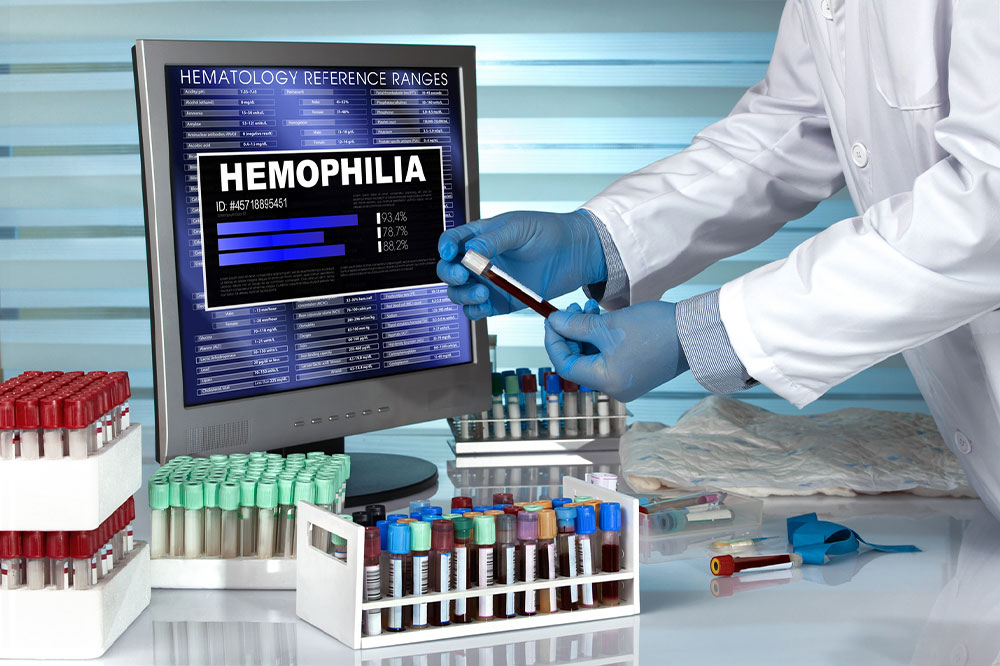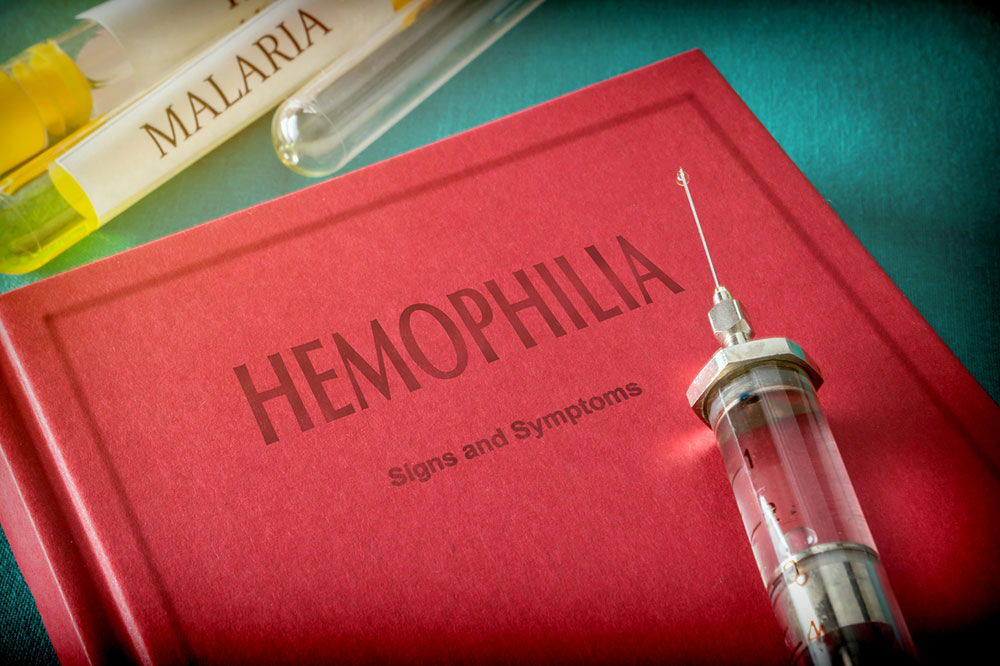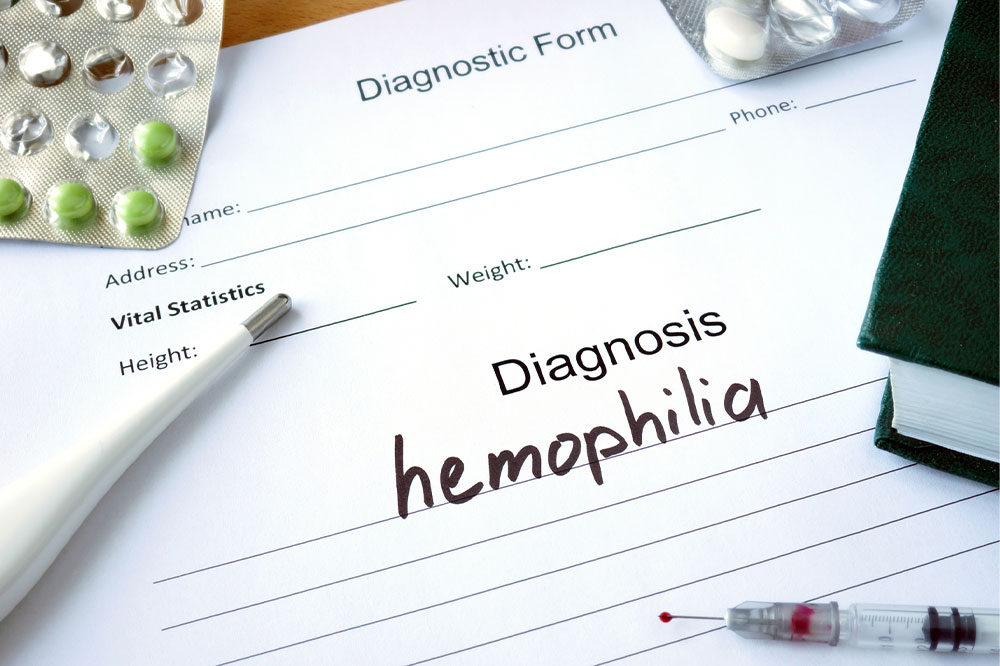Understanding Hemophilia: Causes, Symptoms, Diagnosis, and Treatment Options
Learn about hemophilia's causes, symptoms, diagnosis, and treatment options. This genetic disorder affects blood clotting, leading to excessive bleeding risks. Understanding inheritance patterns helps in early detection and management. Treatments such as clotting factor replacement significantly improve patient outcomes, making awareness vital for affected individuals and families.

Understanding Hemophilia: Causes, Symptoms, Diagnosis, and Treatment Options
Hemophilia is a rare genetic disorder affecting the blood's ability to clot properly. It results from deficiencies in specific clotting proteins, leading to increased bleeding risks, both internally and externally. This condition is more commonly inherited but can also arise from spontaneous mutations. Hemophilia primarily affects males due to inheritance patterns involving X chromosomes. Types include Hemophilia A and B, caused by missing clotting factors VIII and IX. Symptoms range from easy bruising to severe bleeding episodes, while diagnosis involves blood tests. Treatments focus on clotting factor replacement and managing bleeding episodes, improving patient quality of life.










